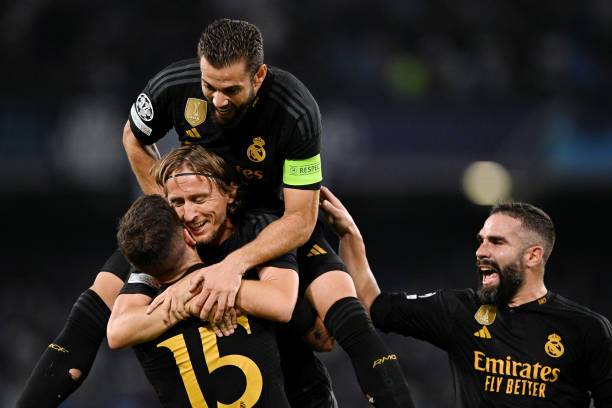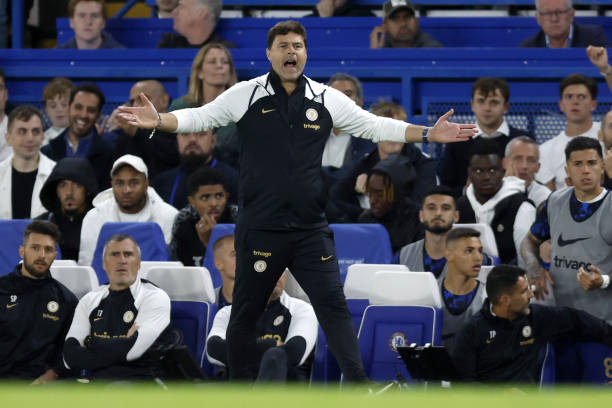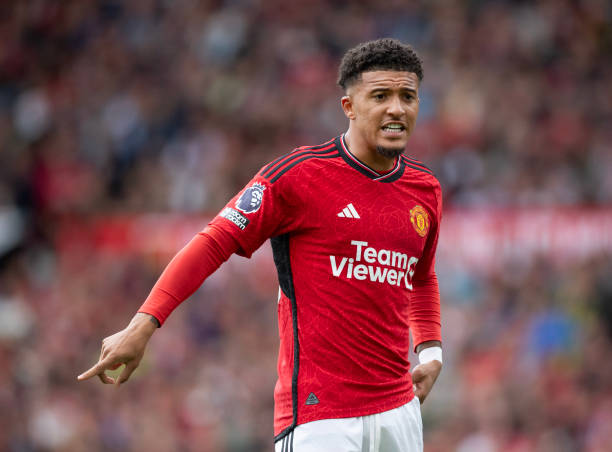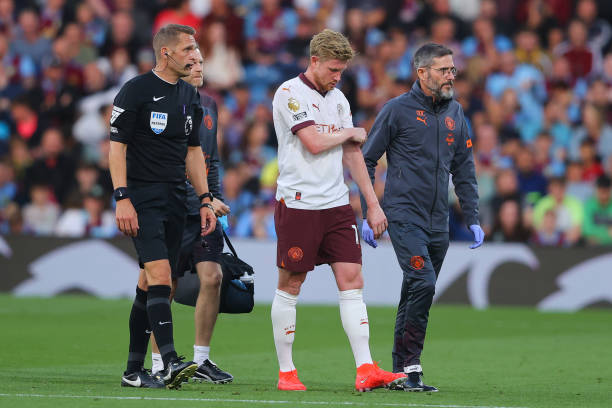
Arsenal was marked by Arsene Wenger’s stint as manager after almost 22 years at the club and, more specifically, by the team they have called the Invincibles (2003-04 season). Every Arsenal team that came after that version of the Gunner club was compared, almost unfairly, with that team, and that hurt even Wenger himself.
But there were a number of things that stopped Arsenal from making another team like the Invincibles. One of these was the building of the Emirates Stadium, which changed the club’s philosophy.
Since 2004, Arsenal haven’t had a team that offers any real feeling that the club can win the Premier League until this Arteta-led team this season, where they lead the table with a good difference over Manchester City, their closest competitor. Next, we are going to briefly review the formation of Arteta’s team and the tactics he has used to lead Arsenal to this good moment.
Mikel Arteta
As a player, Arteta spent five years at Arsenal, a club with which he finished his career in 2016 and, that same year, he became part of Pep Guardiola’s staff when he had just arrived at Manchester City. After three years at the Manchester club, Arsenal bet on Arteta to replace Freddie Ljungberg, who was acting as a first-team coach on an interim basis after the sacking of Unai Emery. Arteta’s time at City had a great influence on the way he coached and on his tactics and that is why there are so many similarities between his style and Guardiola’s.
2022-23 season’s transfer market
Arteta has focused on rejuvenating the Arsenal team and at the same time on forming a squad not as large as the Gunner club had had in recent seasons but with players of a similar quality that would foster competitiveness within the team itself. In this sense, Fabio Vieira (22 years old), Gabriel Jesus (25), Zinchenko (26), Marquinhos (19), and Turner (28) arrived and players like Lacazette (31), Leno (30) or Bellerín (27) left permanently.
Additionally, an exit was sought in the form of a transfer to some players who did not offer good performance at the club such as Nuno Tavares, Pablo Marí, and Nicolas Pépé. Other important movements that Arsenal made during the preparation of the squad were the renewals of the contracts of Elneny, Nketiah, and Gabriel Magalhaes.
Arteta’s tactics
Arteta’s tactical approach has been a 4-3-3, with Aaron Ramsdale as the goalkeeper, Ben White as the right back, Gabriel Magalhaes and William Saliba as the centre backs, and Oleksandr Zinchenko (Tomiyasu or Tierney if the Ukrainian is injured) as the left back. Thomas Partey is a defensive midfielder, and Granit Xhaka and Martin Odegaard, the team’s captain, play with him in the midfield. As a right winger, Bukayo Saka, and as a left winger, the Brazilian Gabriel Martinelli, leaving Gabriel Jesús (Nketiah during the Brazilian’s injury) as the striker. Odegaard’s movements allow turning the tactic into a 4-2-3-1 since the Norwegian tends to get ahead much more than Xhaka or Partey.
Despite the already mentioned influence of Guardiola on Arteta, Arsenal seeks to have possession of the ball although with a slightly more direct style, something that can be seen in the fact that the Gunners average almost 57% of ball possession (fifth place in the Premier League) while Manchester City have an average of 66% (first in the league). Arteta’s idea is to start the plays from Ramsdale to the center backs and from there distribute it mainly in two directions; the first towards the full-backs and the other towards the center of the midfield.
The first one seeks to open the game towards the full-backs so that Xhaka or Odegaard delay their position to offer themselves as a passing alternative dragging the mark and creating spaces in the middle so that Gabriel Jesús seeks to delay, leaving Saka or Martinelli to be located in the box to finish plays.
The other common way of creating the plays is through the center of the midfield, where Thomas Partey is located as the central axis of the team, and in a certain way the rest of the players are located in order to give the winner multiple passing options to continue advancing. On the pitch, in fact, Partey is the Arsenal midfielder who averages the most ball touches per game, serving this to represent his importance in the Gunners’ game.
Here, the movement of Odegaard is also very important, as he is free to locate himself in the most convenient place on the pitch to receive the ball and from there, the Norwegian’s movements define the team’s tactical scheme.
Seeking to control the game, Arteta looks, in a certain way, to corner the rival within his own half of the pitch, for which the full backs are taking the lead in the team’s offensive plays until they position themselves as midfielders while Odegaard and Xhaka are located on the edge of the rival box with Saka and Martinelli quite open on the wings. That way, we see the formation becomes a 2-3-5 with which Arsenal has a large number of players in the opposite half as well as allowing them to be able to press quickly once the ball is lost to be able to recover it in the shortest possible time and then start another attacking move with the opponent out of position.
Another important element in Arteta’s tactics are the wingers with the opposite profile of the wing where they play, allowing Saka and Martinelli to look for the shot after facing the respective opposing full backs. That’s one of the reasons why Arsenal’s play in the fourth quarter of the pitch is much more direct than other teams with similar playing styles.
The rejuvenation of the Arsenal squad has allowed Arteta to implement his idea in a more practical and fluid way, as well as incorporating players who had already played similar football like Zinchenko or Gabriel Jesus.
I really enjoy watching Arteta’s Arsenal side. They appear to have the perfect balance.
They adopt an organised high press before retreating into a solid mid defensive block.
They control possession & can hurt teams centrally & out wide.
And they excel in set pieces.
Top pic.twitter.com/qTWIM6Es4u
— Talking Tactics (@TalkinTactics) January 16, 2023

Must See
-


Champions League
/ 9 months agoChampions League – Matchday 2
Almost in the blink of an eye we reached the second day of the...
-


Premier League
/ 9 months agoThe bad start for Poch’s Chelsea
Since Todd Boehly’s arrival as club owner in the summer of 2022, Chelsea have...
-


Premier League
/ 9 months agoJadon Sancho’s feud with Erik Ten Hag continues
Manchester United winger Jadon Sancho’s time at Old Trafford has been torrid, to say...

